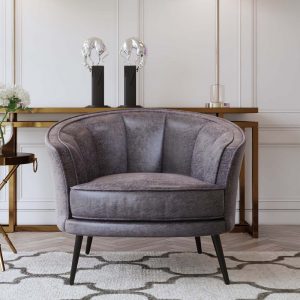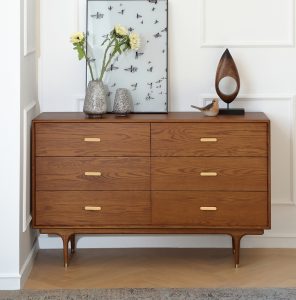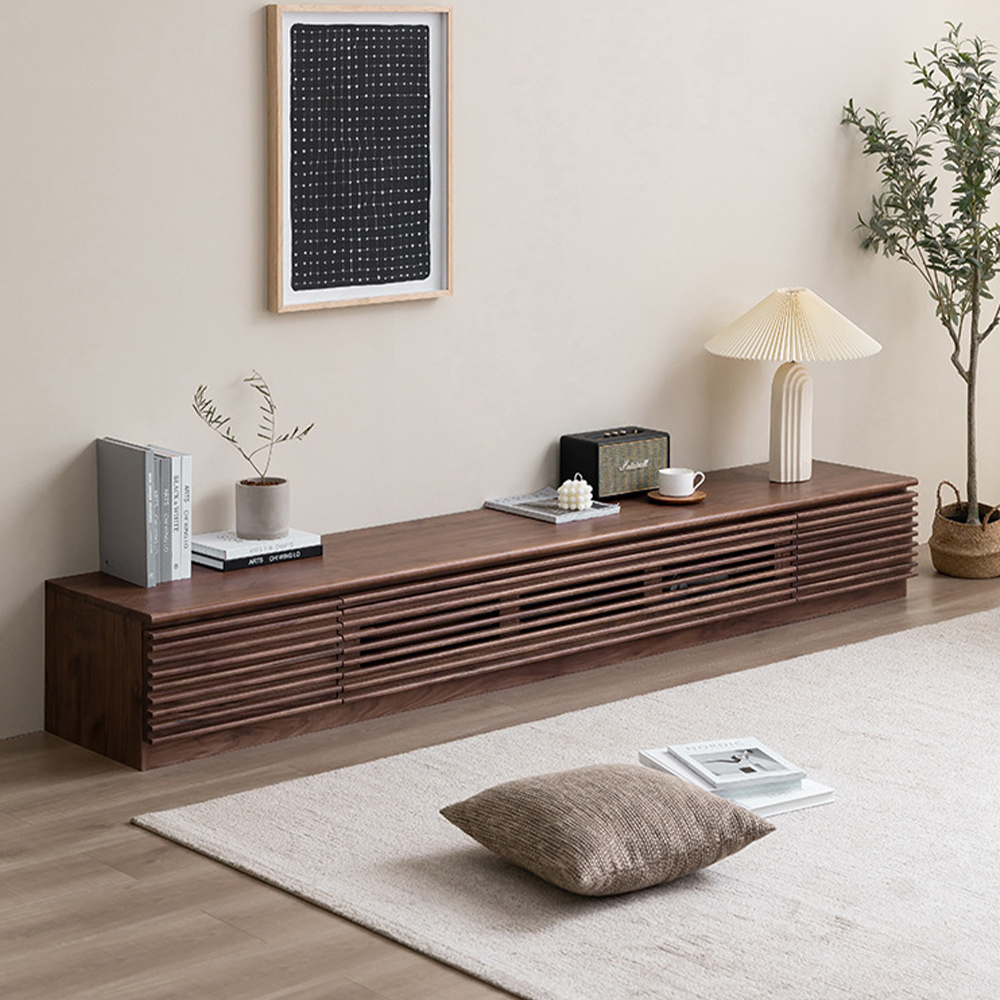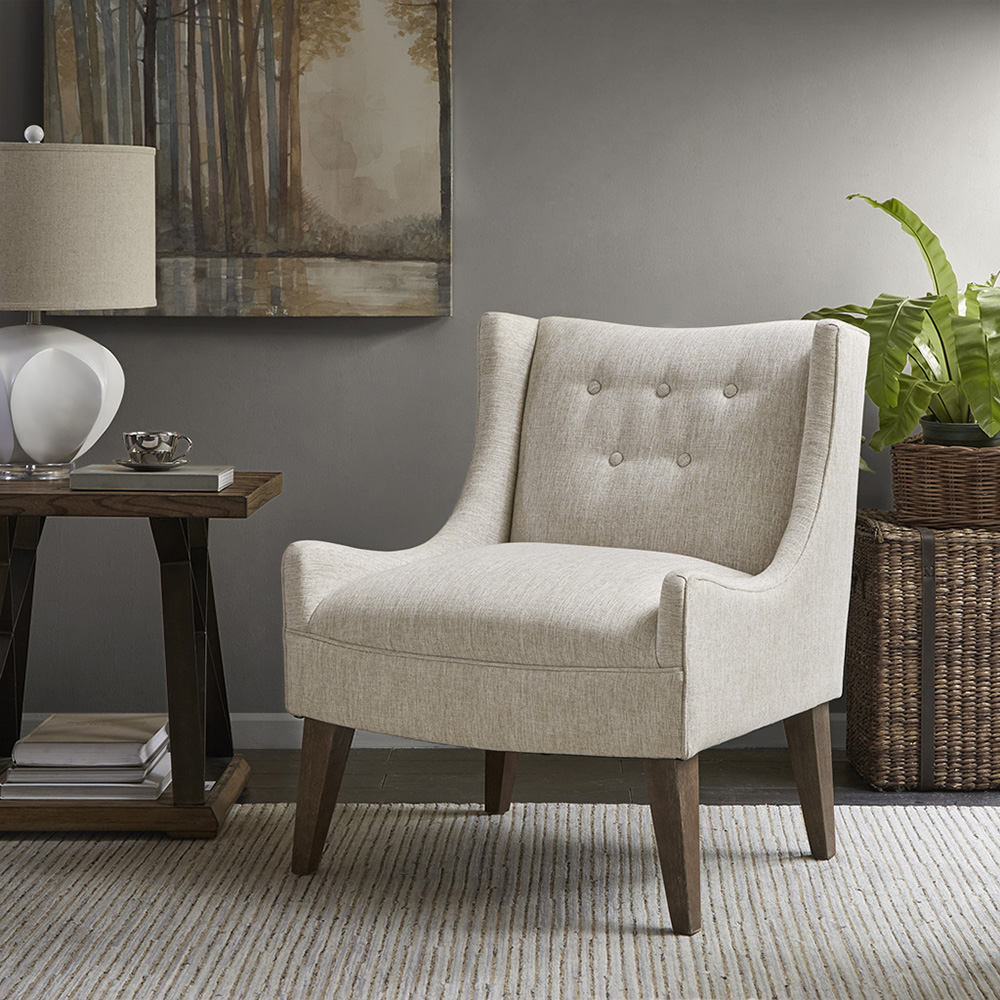Vintage home decorating has become increasingly popular in recent years, as more and more people seek to incorporate the charm and character of bygone eras into their modern living spaces. Whether it’s a retro-inspired living room, a vintage-inspired kitchen, or a classic mid-century bedroom, there’s something undeniably alluring about the look and feel of vintage decor.
What is vintage home decor? How can you create a vintage-inspired space? In this post, we’ll explore vintage home decor and offer tips and ideas for your living space.
People Also Read:
From Rustic to Chic: The Ultimate Guide to French Style Home Decor
What is Vintage Home Style?
Vintage home style refers to a decorating style that incorporates elements from previous eras, typically from the mid-20th century or earlier. It often involves using furniture, decor, and accessories that are vintage or antique, such as mid-century modern chairs, antique mirrors, and vintage textiles.
This style can include a variety of design influences, such as Art Deco, Art Nouveau, and Victorian. It can also include rustic or shabby chic elements, such as distressed wood, chipped paint, and vintage textiles. The style is characterized by its timeless appeal, quality craftsmanship, and attention to detail.

What are the Main Characteristics of Vintage Furniture
Vintage furniture is typically characterized by the following characteristics:
- Age: Generally at least 20 years old and often dates back to the mid-20th century.
- Quality: Often well-made and crafted from high-quality materials such as solid wood, leather, or metal.
- Design: Famous for its unique and timeless designs, which often reflect the style and trends of the era in which it was made.
- Craftsmanship: Often handmade or crafted with traditional techniques, which give it a level of artistry and attention to detail that is hard to find in modern furniture.
- Patina: It may show signs of wear and tear, such as scratches, dents, or fading, which are considered part of its charm and history.
- Rarity: Vintage pieces may be rare or hard to find, especially if they were produced in limited quantities or by a particular designer.
What’s Difference Between Retro and Vintage Home Decor?
Retro and vintage home decor styles both refer to design elements that draw inspiration from past eras, but there are some key differences between the two:
Time period:
Retro home decor typically refers to design elements from the 1950s, 60s, and 70s, while vintage home decor encompasses a broader range of eras, including the 1920s, 30s, 40s, and beyond.
Design elements:
Retro home decorating is characterized by bold, bright colors, geometric patterns, and futuristic shapes. Vintage decor, on the other hand, is often more muted in color, with ornate details, floral patterns, and antique finishes.
Functionality:
Retro style often prioritizes functionality and modernity, with a focus on new materials and innovative design. Vintage home decorating, by contrast, may prioritize historical accuracy and traditional materials, such as wood and brass.
Thus, retro home decor tends to be more modern and futuristic, while vintage home decor is more traditional and historical. However, both styles can be mixed and matched to create unique and eclectic interior designs.
Tips and Tricks to Decorate Your Vintage Living Spaces
Decorating a vintage home can be a fun and rewarding experience, but it can also be a challenge to create a cohesive and stylish look. Here are some tips and tricks to help you decorate your vintage home:

- Start with a color palette: Choose a color scheme that complements the vintage pieces you already have or plan to acquire. Soft pastels and muted hues are common in vintage decor, but bold colors can also work well as accents.
- Mix and match: Don’t be afraid to mix different eras and styles of vintage decor to create a unique and eclectic look. For example, you might pair a mid-century modern sofa with a Victorian-era side table.
- Choose statement pieces: Vintage pieces often have a lot of character and can be used as statement pieces in a room. Look for items with unique shapes, patterns, or textures that will draw the eye.
- Incorporate vintage textiles: Vintage textiles, such as quilts, tapestries, and curtains, can add a cozy and nostalgic touch to your home. Look for pieces with intricate patterns or interesting textures.
- Re-purpose vintage items: Vintage items can often be repurposed to serve a new function. For example, an old ladder can be turned into a bookshelf, or vintage suitcases can be stacked to create a unique side table.
- Don’t forget about lighting: Vintage lighting fixtures can add a lot of character to a room. Look for chandeliers, sconces, or table lamps with intricate designs or interesting shapes.
- Embrace imperfection: Vintage items often have imperfections or signs of wear and tear, which is part of their charm. Don’t be afraid to embrace these imperfections and use them to add character to your home.
- Keep it simple: When decorating with vintage pieces, it’s important to keep the overall look simple and not overcrowd the space. Choose a few key pieces and let them shine.
How to Pick up Vintage Furniture
Picking up vintage furniture can be a great way to add character and charm to your home. Here are some tips and tricks to help you choose the best vintage furniture pieces:

- Research: Do your research before you start shopping. Learn about different styles, eras, and materials so that you know what to look for.
- Check for quality: Look for pieces that are well-made and in good condition. Check for signs of wear and tear, such as scratches or cracks, and make sure that the piece is sturdy.
- Look for unique pieces: Vintage furniture often has unique details or features that make it stand out. Look for pieces with interesting shapes, patterns, or textures that will add character to your home.
- Consider the style: Vintage furniture can be used to complement a variety of decor styles, but it’s important to choose pieces that fit your overall aesthetic. Look for pieces that will work well with your existing furniture and decor.
- Evaluate the price: Vintage home furniture can be expensive, so it’s important to evaluate the price before you make a purchase. Consider the quality of the piece, its rarity, and its condition when determining whether it’s worth the price.
- Check for authenticity: If you’re buying a vintage piece from a dealer or online, make sure that it’s authentic. Look for labels or markings that indicate the manufacturer or designer.
- Consider restoration: If you find a vintage piece that needs some TLC, consider whether it’s worth restoring. Some pieces may be worth the time and effort, while others may not be worth the cost.
